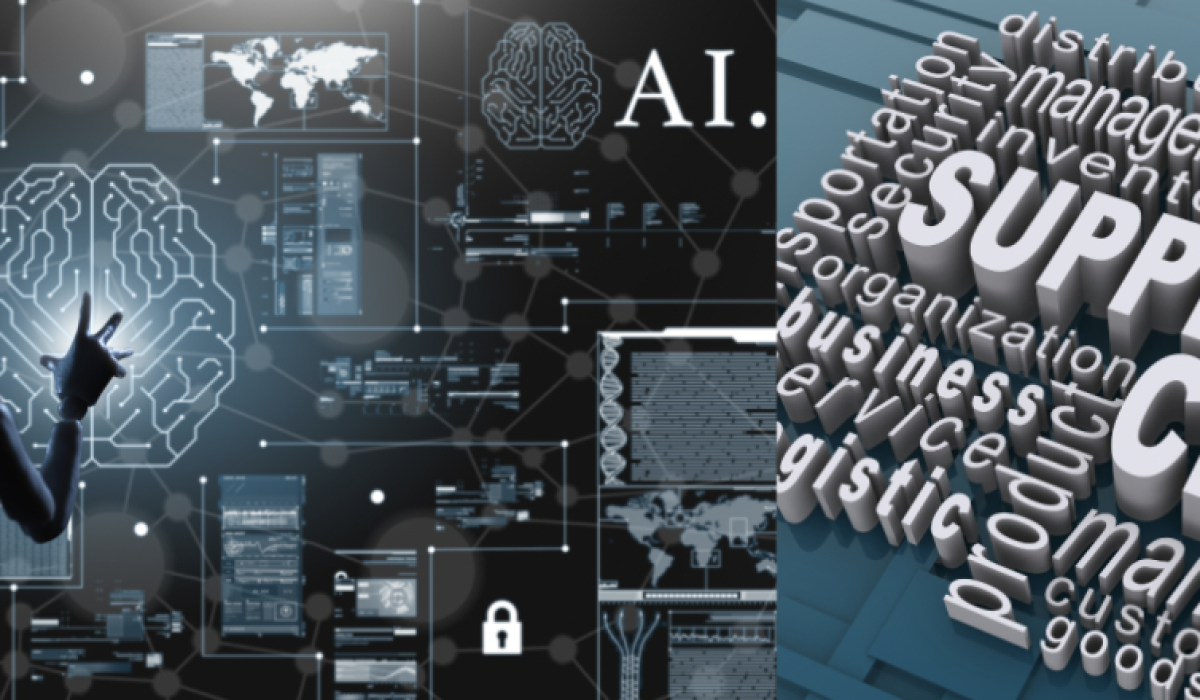In 2023 with the arrival of ChatGPT technology there is a new revolution waiting to happen. Modern supply chains managers in pharma and manufacturing should adopt generative AI technologies for their supply chains. This will enable supply chain managers and their teams to transform from reactive to pro-active decision makers. This will directly translate into profitability, thereby reducing waste and costs with pro-active management of disruptions in supply chain operations.
Using generative AI supply chain planners, managers and operation specialists will be able to:
- Discover prescriptive, predictive and actionable insights that were otherwise hidden behind the management reports and business dashboards.
- Proactively discover opportunities to reduce costs in the supply chain.
- Automate manual, repetitive and error-prone tasks
- Track KPIs to understand the impact of supply chain investments, innovations, on the costs and waste.
- Predict disruptions in the supply chain and take proactive actions to manage disruptions.
- Back test operational changes before deploying them into production.
- Simulate what-if scenarios to enhance their understanding of situations before they occur in real time.
Business Intelligence dashboards and reports have their limitations, and they cannot surface everything that is happening in real time. However generative AI technologies gives power in the hands of supply chain managers and operation specialists to be able to use their creativity and imagination to query the supply chain to look out for disruptions and convert them into profit opportunities. Further There are following pre-requisites to exploit generative:
- Real time visibility of supply chains beyond organizational boundaries
- AI enabled SCIC (supply chain intelligence center)/SCOC (supply chain operations center)
- Generative AI and LLM support in the digital twin providing visibility into supply chain

With generative AI enabled SCIC (supply chain intelligence center)/SCOC (supply chain operations center) the supply chain professionals now have tremendous power in their hands to go beyond what is made available to them. ROI of adding generative AI capabilities to supply chain operations center can very easily be justified with the power and capabilities that generative AI brings in the hands of supply chain professionals. Buy versus build is an important decision that supply chain managers and operators need to take to justify investments required, opportunity cost and availability of AI skills. It will be worthwhile to invest in AI and generative AI technologies sooner than later for making supply chains agile and resilient. Organizations may consider the approach of going ahead with pre-packaged supply chain generative AI solutions while continuing to invest in building AI skills in their organization.
Some specific examples here will help to understand the power that generative AI brings to the supply chain professionals:
- Supply chain dashboards alerts operation specialist and managers that delivery of upcoming customer orders is at risk due to raw material issues (potential disruption waiting to happen). Generative AI prompt enables operation specialist and managers to locate such customer orders. Supply chain operation specialist enters query in plain English at the generative AI prompt tool “Show me orders at risk?”
- Generative AI prompt queries the system and returns list of customer orders are at risk. It brings up a list of orders at risk along with the reason for delay.
- Operation specialist asks why specific order is delayed. Generative AI tool queries the system and returns that specific order is delayed because of delays in raw material shipments from some suppliers.
- Operation specialists want to find out which shipments from suppliers are delayed. Generative AI prompts enable operation specialists and managers to locate such supplier shipments in real time. The disruptions in supplier shipments could be due to internal or external factors. Generative AI prompts enable SCIC/SCCC professionals to perform root cause analysis and take proactive action.
- Internal reasons: Delays due to inefficiency in internal processes causing increased POCT – Purchase order cycle time. Generative AI will be able to point out if there were delays in sending purchase orders to suppliers due to glitches in payment gateways. Using Generative AI prompt, the supply chain manager is then able to create IT support ticket to get payment gateway glitches resolved.
- External reasons: Well, these disruptions can be due to external uncontrollable factors like disruptions in rail traffic in the northern region. For supply chains with real-time real-world data visibility the supply chain managers using generative AI will be able to identify the root cause that supplier shipments are delayed due to disruption in rail traffic caused by rail traffic disruptions in the north. The supply chain manager is then able to alert planners and initiate automated workflows to locate alternative suppliers in the region where rail transport is not affected. And all this is being executed through chat like interface of the underlying supply chain.
Generative AI technologies essentially transform your transactional supply chain to become conversational. Supply chain managers, planners and operation specialists are now able to talk, feel and learn from their supply chain operations. Generative AI technologies with their ability to learn and train get better with the use and user experience. It is time to embrace these technologies to fly into the next phase of supply chain and industry evolution.
Published by :
Sr.Director & Country Leader, India Operations – Bcentriqe


















